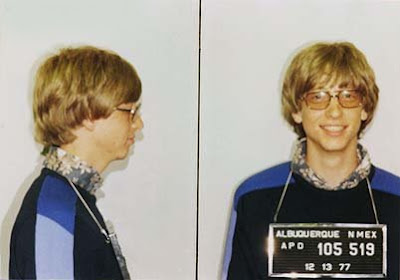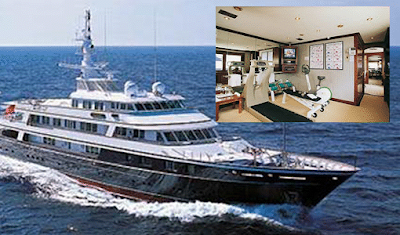Sunday, February 14, 2010
When To Trade And When To Fade
By: Sebastian Secret
Bollinger Bands are techniques that are created in the 1980s by John Bollinger. They are plotted lines that represent an upper and lower trading range for a particular market price. It is a guide for traders to see how the future market would go. Each of the line is the predictable range of the moving average. So, the currency pair is expected to trade within these limitations.
Bollinger Bands are used to determine when to buy or sell the market share. For example, buy a market share between the upper line and the lower line, which is unexpected, may not be a good deal. Normally the price will trade within the expectations (below the upper line and above the lower line). The directional trend is still useful to the traders even though a price is out of those limitations as those lines will widen accordingly.
Key features of Bollinger Bands: 1. A move starts when a line tends to reach the other line. 2. When the price is unstable, a sharp move will easily happen when the lines meet at an average level. Remember, the longer the unstable price takes, the higher the possibility a breakout may happens. 3. The current trend is usually maintained although there is a breakout as those lines will widen accordingly. 4. The top or a bottom (no matter inside or outside the lines) indicates the trend of market changing.
Configuration and Confirmations To have a better result, withdraw two standard deviations from 20 periods simple moving average. However, there can be a variety of periods and standard deviations. A correct selection will provides a better and correct estimation. See the chart of the EUR/USD pairing at Learn Forex Charts. Most of the prices are remain within the lines. However, there are some breakouts, especially in a narrower range. Even though breakouts do happen, some breakout tends to restore within the lines range in a short while. If those breakouts represent a real market shift, the Bollinger bands will automatically widen accordingly. Most of the time, Bollinger Bands are used with the Average Directional Index (ADX), RSI and Stochastic indicator
Study more at Learn Forex Trading
About the author:
Professional Forex Trader -Learn Forex Trading
NEXT IN LINE 1 2 3 4 5 6 7 8 9 10 11 12 13 14 15 16 17 18 19 20
Philippines Light Rail Transit Public Transportation
The Manila Light Rail Transit System (Filipino: Sistema ng Magaan na Riles Panlulan ng Maynila),[citation needed] popularly known as the LRT, is a metropolitan rail system serving the Metro Manila area in the Philippines. Its twenty-nine stations over 28.8 kilometers (17.9 mi) of mostly elevated track form two lines. LRT Line 1, also called the Yellow Line, opened in 1984 and travels a north–south route. LRT Line 2, the Purple Line, was completed in 2004 and runs east–west.
The LRT is operated by the Light Rail Transit Authority (LRTA), a government-owned and controlled corporation under the authority of the Department of Transportation and Communications (DOTC). Along with the Manila Metro Rail Transit System (MRT, also called the Blue Line), and the Philippine National Railways (PNR), the LRT is part of Metro Manila's rail transportation infrastructure known as the Strong Republic Transit System (SRTS)
Stations
 The People Power Revolution was a series of nonviolent and prayerful mass street demonstrations in the Philippines that occurred in 1986. It was the inspiration for subsequent non-violent demonstrations around the world including those that ended the communist dictatorships of Eastern Europe.
The People Power Revolution was a series of nonviolent and prayerful mass street demonstrations in the Philippines that occurred in 1986. It was the inspiration for subsequent non-violent demonstrations around the world including those that ended the communist dictatorships of Eastern Europe.

 In 1990, it was voted by the BMW Tropical Beach Handbook as one of the best beaches in the world
In 1990, it was voted by the BMW Tropical Beach Handbook as one of the best beaches in the world
 Barasoain Church (also known as Our Lady of Mt. Carmel Parish) is a Roman Catholic church built in 1630 in Malolos City, Bulacan.
Barasoain Church (also known as Our Lady of Mt. Carmel Parish) is a Roman Catholic church built in 1630 in Malolos City, Bulacan.
 Laguna de Bay (Filipino: Lawa ng Bay; English: Laguna de Bay is the largest lake in the Philippines and the third largest freshwater lake in Southeast Asia
Laguna de Bay (Filipino: Lawa ng Bay; English: Laguna de Bay is the largest lake in the Philippines and the third largest freshwater lake in Southeast Asia
 Malacañan Palace, is the official residence of the President of the Philippines.
Malacañan Palace, is the official residence of the President of the Philippines.






















 >
>




















































No comments:
Post a Comment